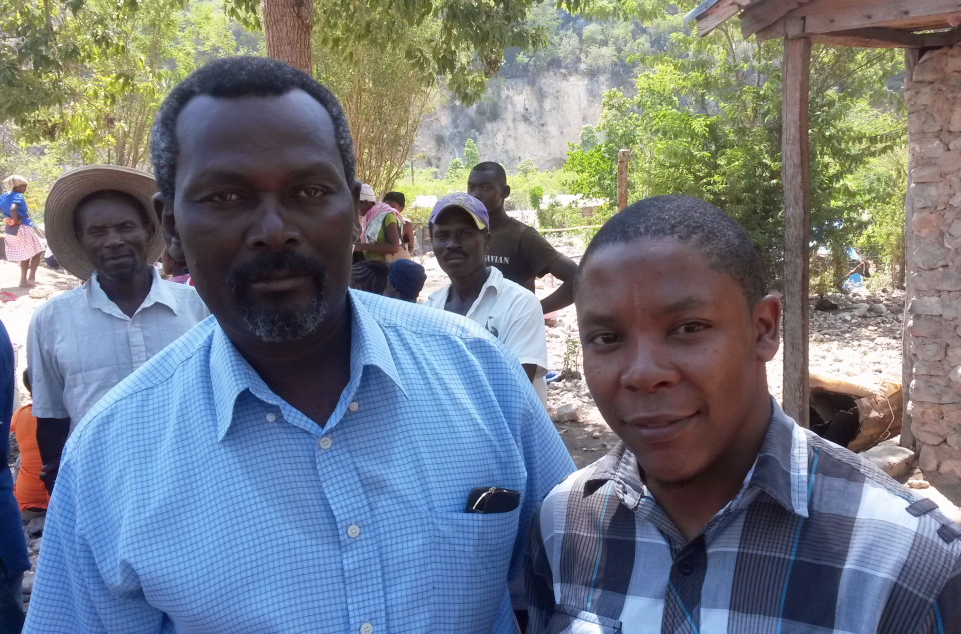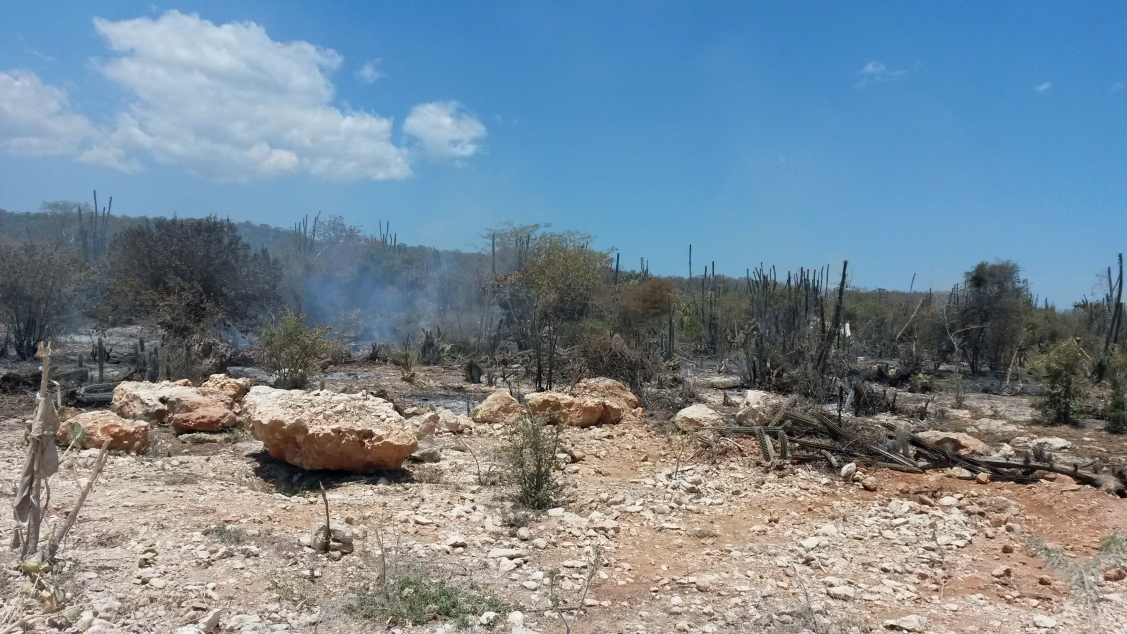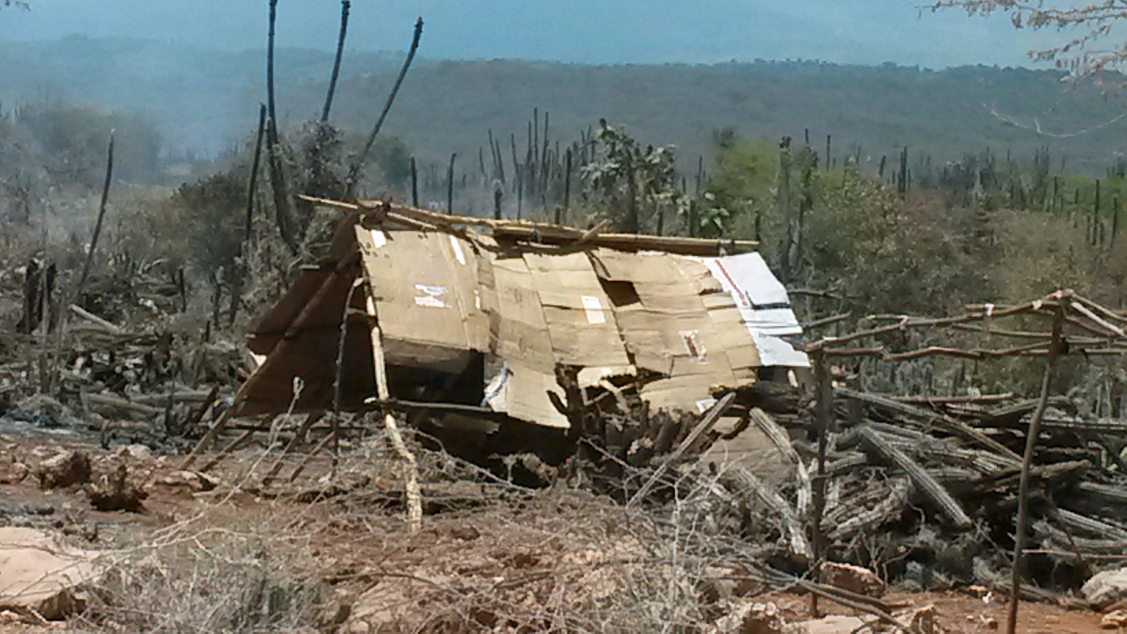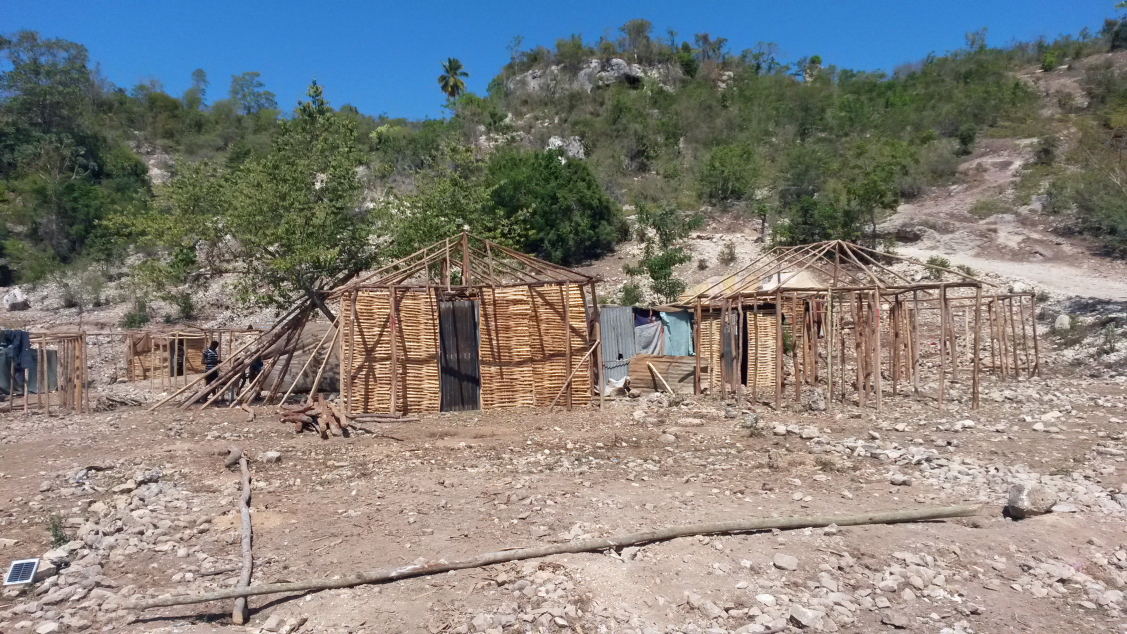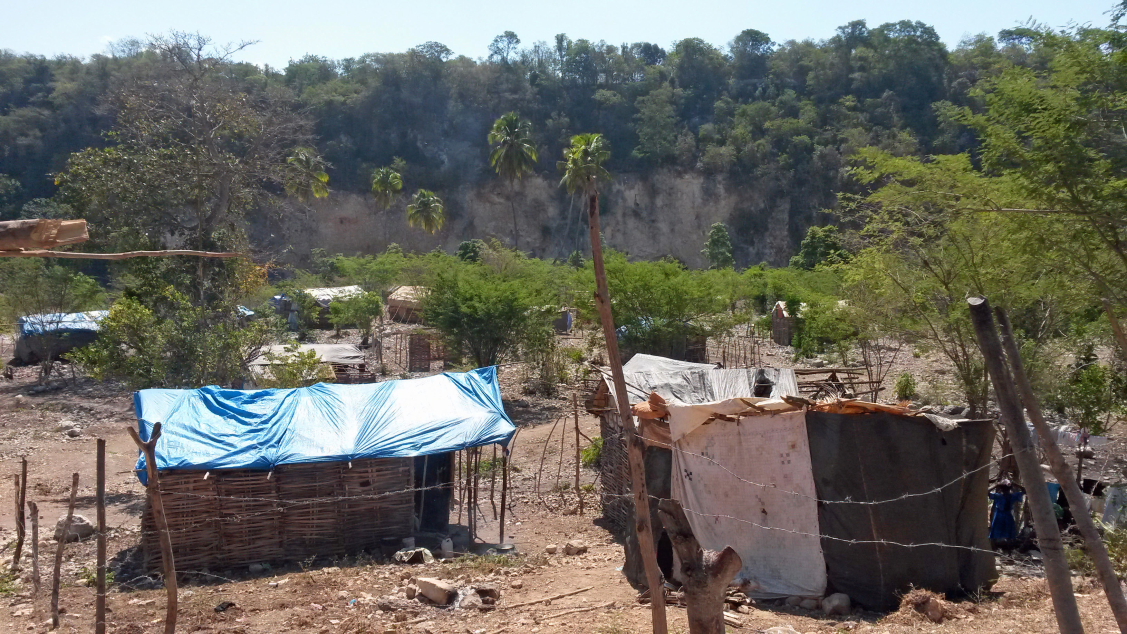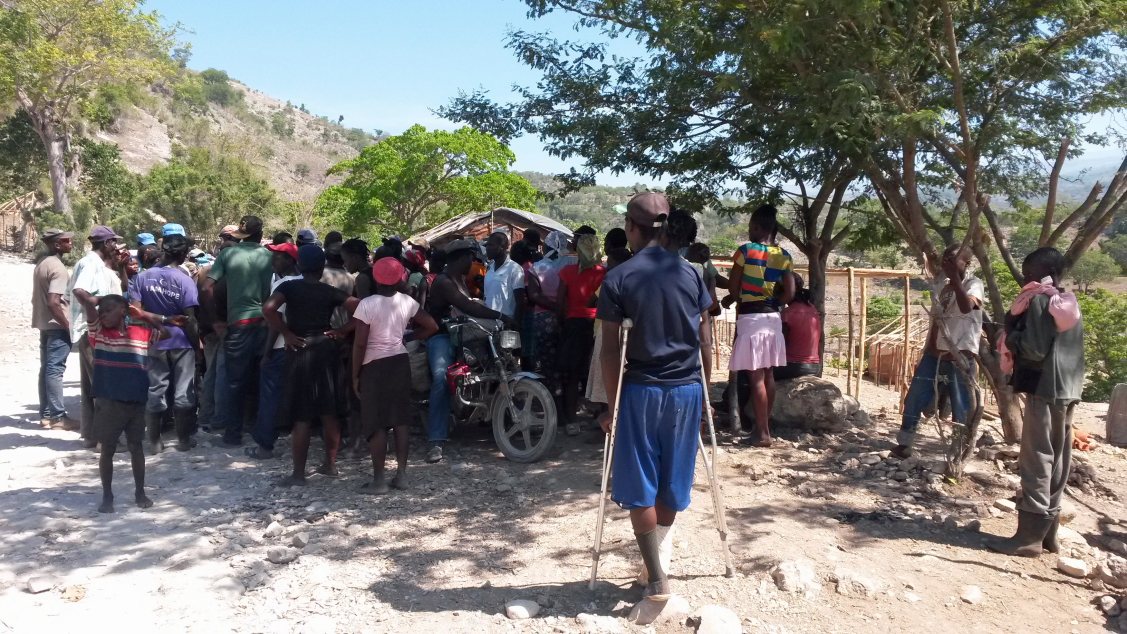Since mid-June 2015, Haitians and Dominicans of Haitian descent have been pouring over the border into Haiti, fleeing the political climate in the Dominican Republic and the spectre of potential deportation. Our Haiti medical teams are helping these refugees.
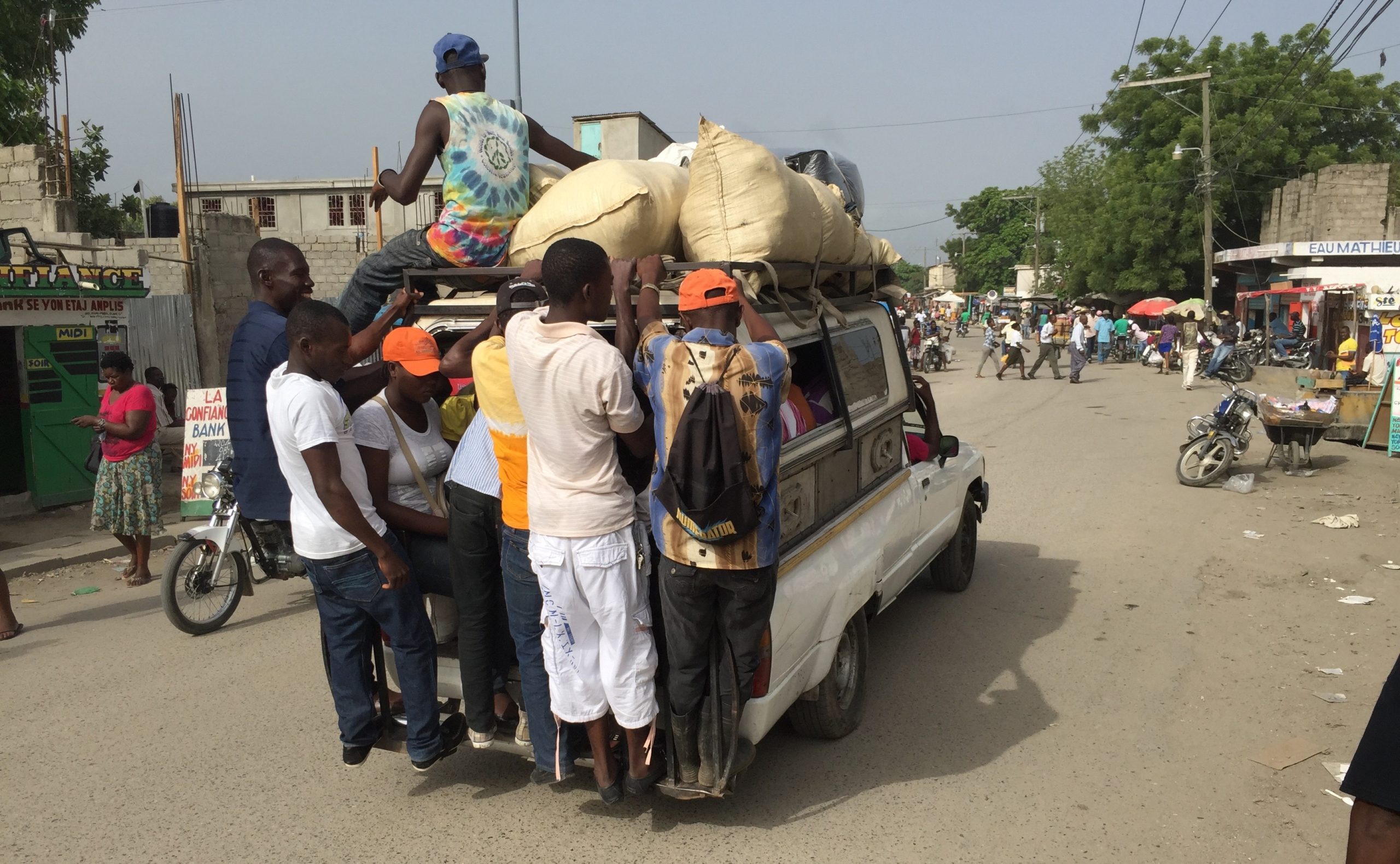
The numbers vary tremendously. As of mid-July, the Haitian government states about 20,000 have crossed over in the past month. The Dominican Republic government says more than 40,000 have left. Whatever the true number, it’s a lot. Now, approximately 1,100 of these new refugees are currently seeking shelter and aid in a region where Heart to Heart International medical teams normally operate clinic sites.
DONATE NOW TO PROVIDE RELIEF AID FOR REFUGEES
The Situation
This movement of people stems from recent political decisions in the Dominican Republic, the country that jointly occupies the island of Hispaniola with Haiti. The long history between these island neighbors has been periodically tumultuous. And, for a very long time, Haitians have gone to the Dominican Republic seeking work and a better life.
In 2013, the Dominican Republic’s Supreme Court ruled that people born between 1929 and 2010 in the country to non-citizen parents did not qualify as Dominican citizens. The decision effectively stripped tens of thousands of people of their nationality retroactively. – USA TODAY
The court ruling has been accused of rendering hundreds of thousands of people born in the Dominican Republic as “state-less”. Following the ruling, the government created a process to allow people to prove they belong, to prove they are citizens. The deadline to apply was June 17, 2015. With it came veiled and overt threats of forced deportations.
While the Dominican Republic government states they have not begun any formal expulsions of undocumented Haitians and Dominicans of Haitian descent, anywhere between 20,000 and 45,000 people have left – finding their own way or using government provided ‘voluntary’ transport – and crossed the Haitian border into the unknown.
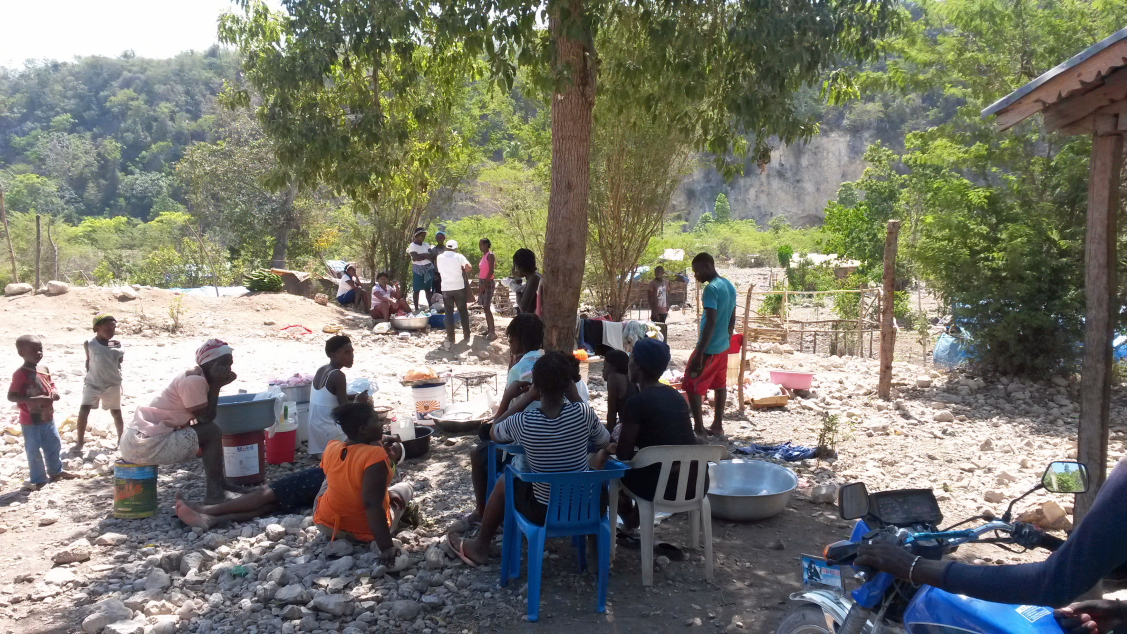
Into the Desert
This is far southeast Haiti. Here, along the border, the landscape is more desert-like than tropical Caribbean. It’s hot and humid, but also dusty and dry. It’s covered in scrub brush and cactus. It is a harsh environment in the best of conditions.
Tens of thousands have crossed at other points along the north/south running border, and approximately 2,700 crossed in the area of Anse-à-Pitres, a small remote border town. Refugees who’ve come across here are directed to two camps – Tete-a-l’Eau (Tetalo) & Pascado. These camps are a hodgepodge of rapidly made stick frame huts, some simply covered in cardboard, built on ground that has been burned clear.
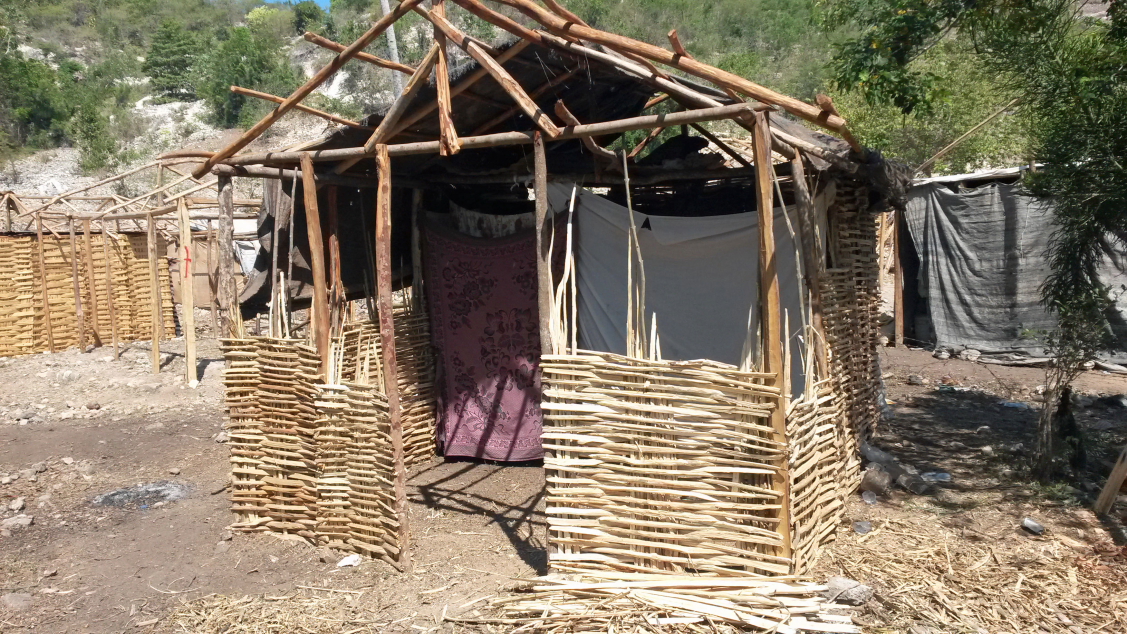
Many of these refugees grew up in the DR, some were born there, and others are more recent immigrants seeking work, mostly hard labor jobs like cutting sugar cane. Some have no connection to Haiti, other than their lineage. Heart to Heart International social workers from the Kore Fanmi project recently conducted a survey of the people in these camps. Here’s some of what they found:
- In Pascado camp about a third were under the age of 14
- In Tete-a-l’eau camp about 70% were born or grew up in the DR
- More than half of those in Tete-a-l’eau had nowhere to go in Haiti
A few hundred do move back and forth across the border for work and to check on their homes and gardens, and then return seeking perceived safety and shelter on the Haitian side.
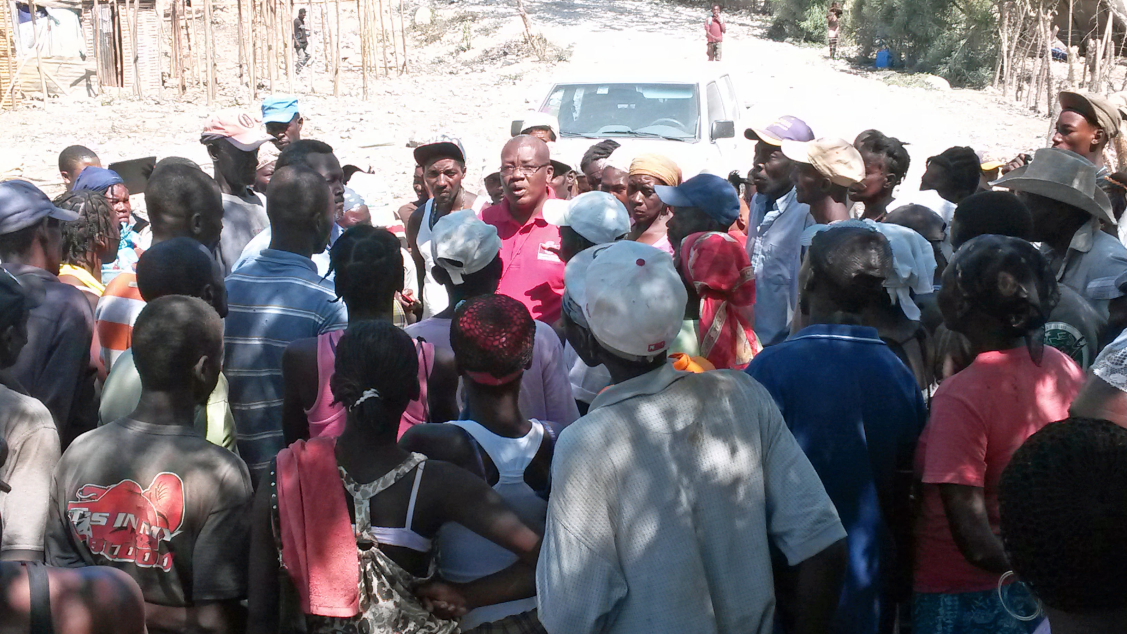
HHI Provides Aid
Our Haitian Medical Teams have visited these camps a handful of times on top of their normal clinic duties, providing care as they can in this remote region. HHI has also taken on the task of funding and coordinating food for the two camps for approximately two months. We’re also working on providing more and longer lasting services for the refugees by coordinating with other NGOs, aid groups and government agencies.
So far, our staff in Haiti reports that there appears to be no immediate end to this crisis. We don’t know how long these camps may stay, or how many more people will arrive. We do know that no matter why or what is making people cross the border – they need our help.
People are in crisis. We are helping.
SUPPORT REFUGEE AID
More Photos from Refugee Camps on Haiti’s Border
